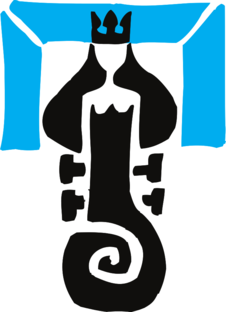Kamnik Culture House
Programme
In total, the Kamnik Culture House hosts more than 100 events each year, including drama, puppetry and comedy, as well as music and dance performances, lectures, screenings and exhibitions. However, its main focus is in presenting and staging works for youth. The culture centre also serves as an important local node and shelter for many smaller non-formal and non-professional artist groups and associations.
The Kamnik Culture House has hosted guest performances from Ptuj City Theatre, Slovene National Theatre Maribor, Slovene National Theatre Drama Ljubljana, Slovene People’s Theatre (SLG) Celje, Mladinsko Theatre, Glej Theatre, Špas Theatre and Theatre 55. It also produces in-house stage performances with local theatre, dance and choir groups.
Traditionally, it has also served as an important hub and supporting venue for various Kamfest festival activities and performances.
International projects
In 2004, one notable project was the coordination of The Ghost Town, a youth performing arts workshop exchange project supported by EU funding, which resulted in a multimedia interactive performance created by young performers from Poland, Italy, Austria and Slovenia. As the theme was cultural heritage, it was performed at Mali grad, Zaprice Castle and some other historical venues.
Venue
Kamnik Culture centre has one larger and two smaller multipurpose halls which can be used for stage performances, concerts, seminars, lectures, screenings, public events and also a visual arts space.
The larger hall has 243 seats total, plus 50 seats for performers/orchestra and it is 20 x 14m in size while the performance stage measures 12 x 8m.
The smaller hall can take up to 90 guests and it has dimensions of 15 x 6.5m with the performance stage of 3 x 4m which can be expanded on demand.
The technical rider of the venue can be found at the external link below.


